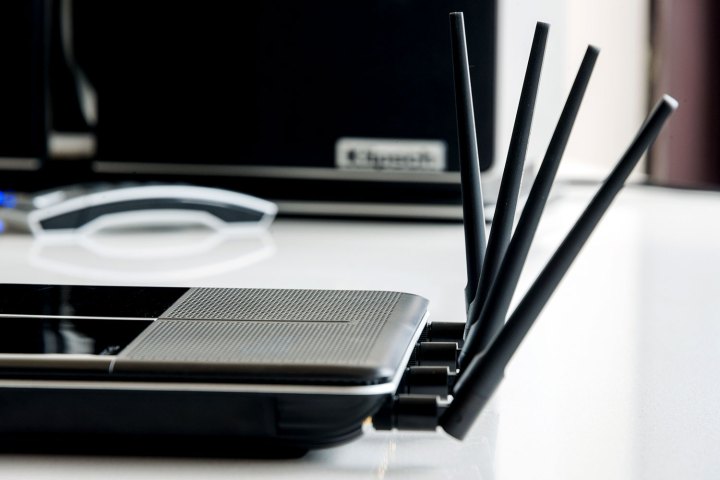

Like most rebrandings these days (hint, hint, Mastercard), TP-Link is now all lowercase. Replacing its long-standing motto “the reliable choice” is a logo of an intertwined T and P. The original “TP,” if you didn’t know, stands for twisted pair — the name of the wiring technique used to negate electromagnetic interference.

But creating a brand that can resonate and immediately be identified with people is just a part of the process. The company, which has a strong global presence and is celebrating its 20th anniversary, wants to surpass Netgear and become the top networking brand in the U.S. To do that, TP-Link’s trying to reenvision itself as a consumer lifestyle company.

“We’re spending a lot of our energy, resources, and effort on the smart home category,” Jeffrey Chao, chairman and CEO of TP-Link tells Digital Trends. “We’re transitioning … into a consumer lifestyle category.”
That means investing in a rapidly rising team dedicated to marketing, research and development stationed in the U.S., such as a new smart home business unit that recently opened in California. Chao says TP-Link’s market share in the U.S. is trailing behind other global markets, but he vows to bring it to the top.
The company has already been aggressively making its way into the smart home category with a variety of products available. We can expect to see more smart home sensors and smart cameras coming later this year, and TP-Link will also unveil a smart router with an Internet of Things hub built in.
And to stay on top of the competition, TP-Link is one of the launch partners with Google Home. The company’s smart home devices will be supported by the search giant’s upcoming home voice assistant.
The Chinese company partnered with New York-based design company FutureBrand for its logo, and the T and P aren’t just intertwined.
“T means TP-Link company itself; this so-called P represents the consumers — that means this company is focused on consumers,” Chao said.
The T forms an arrow pointing towards the P, which represents the consumers. The lowercase logo is meant to make the company more approachable. This also includes a new teal color that will envelope TP-Link’s product packages. TP-Link’s website has also undergone a visual redesign for a cleaner, more modern look.


